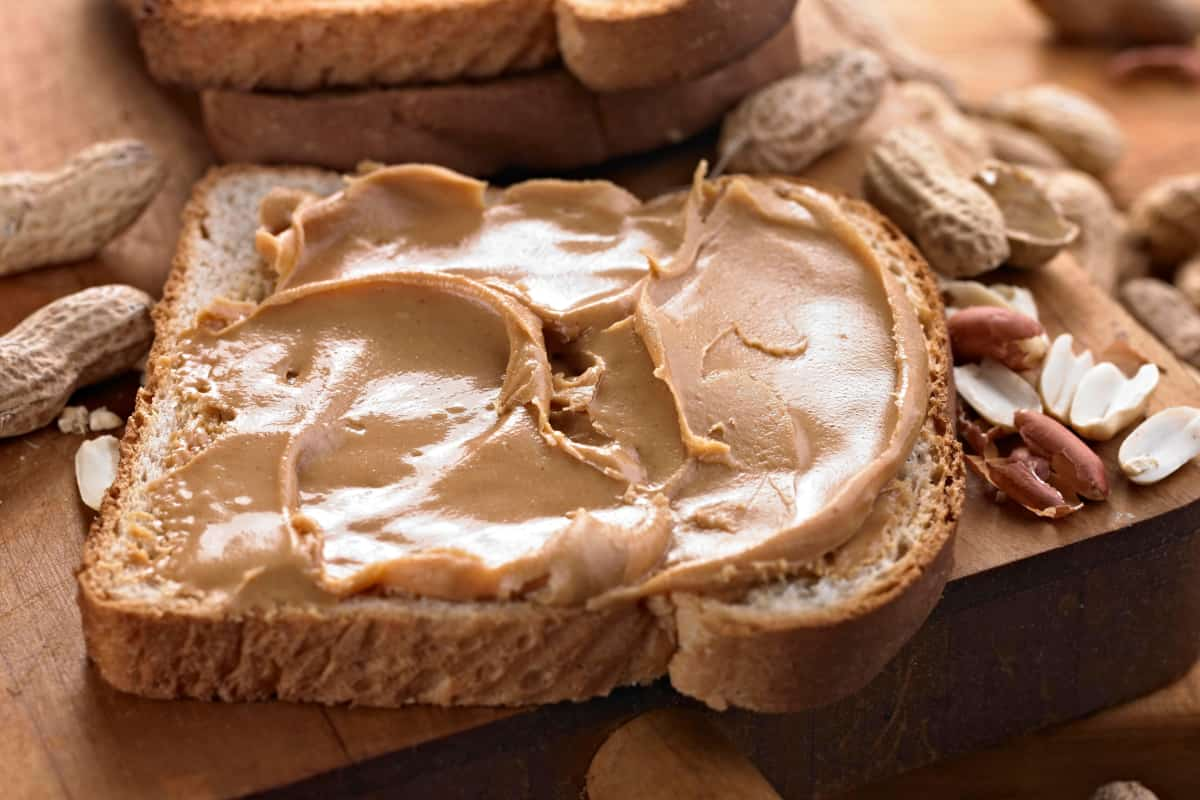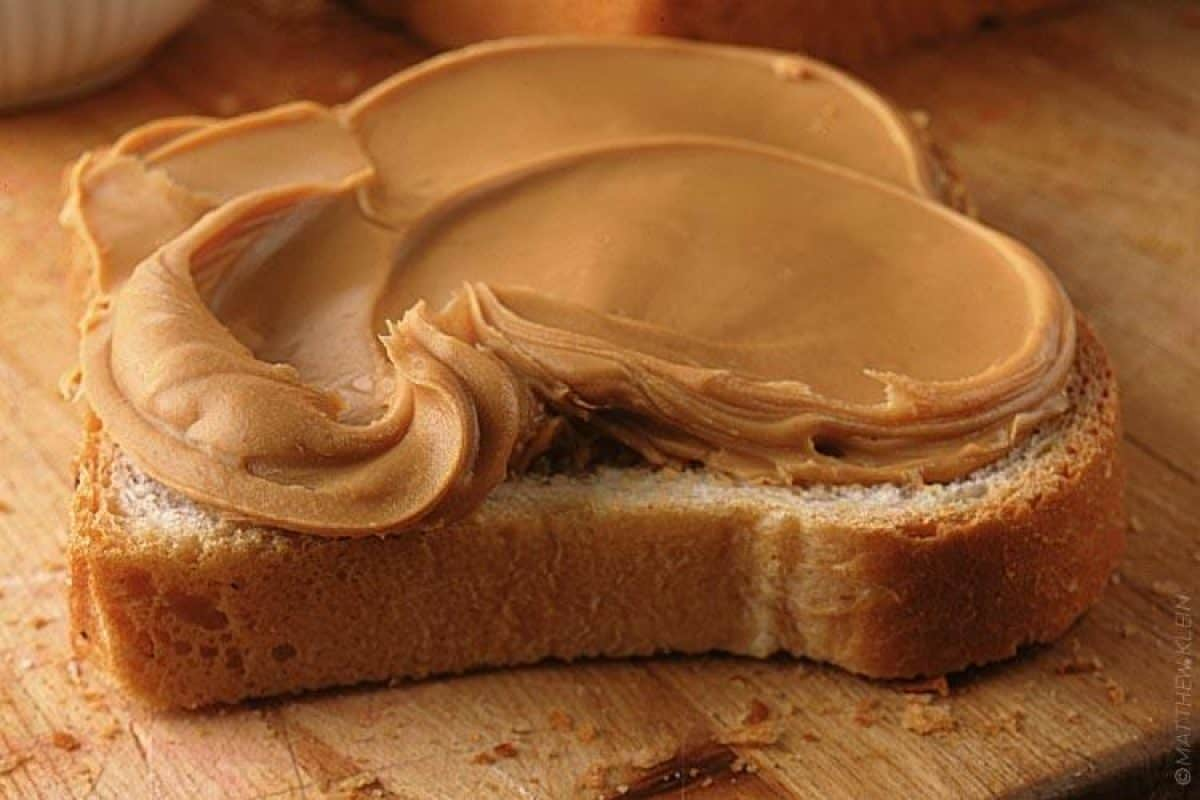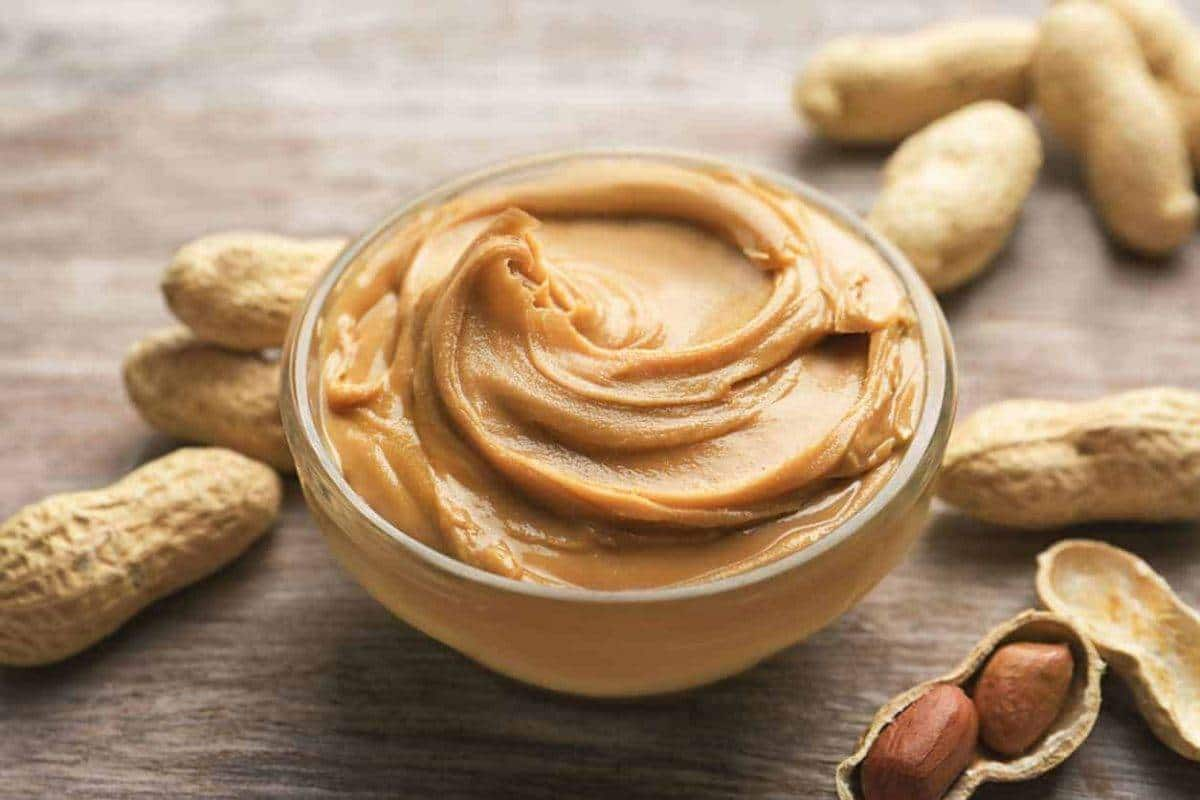Peanut butter has been a staple of the American diet since the 1940s. John Harvey Kellogg created various types of products what we are calling peanut butter in the 1890s, and it was first produced commercially in the 1920s. During World War II, Americans fell in love with peanut butter as a convenient and affordable source of protein. Currently, 75% of US households have a jar of peanut butter, and Americans consume over 700 million pounds of it yearly. Nowadays, an entire wall of shelves in most supermarkets is devoted to different types of peanut butter. How come there are so many different types? Isn't peanut butter just ground-up peanuts in the end? The most widely used brands of peanut butter are Peter Pan, Jif, and Skippy, and each provides both creamy and crunchy varieties. But did you know that there are three different ways to make peanut butter? How many companies produce all three? How is it possible that something as simple as making peanut butter may be prepared in three different ways? To make edible oils solid at room temperature, Joseph Rose field, a chemist, developed a process in 1922 that involved heating the oils and exposing them to hydrogen gas.  This "partially hydrogenated vegetable oil" was combined with peanut butter to prevent the oils from separating while being shipped across the country, giving it the smooth, creamy texture that Americans learned to appreciate. Rose field licensed his method to Peter Pan in 1928, and in 1932 he established his own peanut butter company, Skippy. Manufacturers of peanut butter started using so much hydrogenated vegetable oil in 1959—up to 25% of the product in the case of Jif—that the FDA was forced to establish a uniform definition for what constitutes "peanut butter" in meals. They chose a 90% minimum peanut requirement. Salt, sugar, and hydrogenated oils such as soybean, cottonseed, and rapeseed oil may be used in the final 10%. Since the 1920s, partially hydrogenated oils have been used to manufacture the bulk of the peanut butter sold in supermarkets, giving it a thick, creamy, and shelf-stable consistency. However, growing concerns over the partially hydrogenated vegetable oils, which are notoriously linked to heart disease and include trans fats, have led to the creation of new peanut butter options for consumers who place a high priority on their health. You are not the only one who finds it strange that manufacturers add ingredients other than peanuts to peanut butter. Today, a wide range of peanut butter varieties that include the basic peanut butter ingredients of salt and ground peanuts are sold in supermarkets.
This "partially hydrogenated vegetable oil" was combined with peanut butter to prevent the oils from separating while being shipped across the country, giving it the smooth, creamy texture that Americans learned to appreciate. Rose field licensed his method to Peter Pan in 1928, and in 1932 he established his own peanut butter company, Skippy. Manufacturers of peanut butter started using so much hydrogenated vegetable oil in 1959—up to 25% of the product in the case of Jif—that the FDA was forced to establish a uniform definition for what constitutes "peanut butter" in meals. They chose a 90% minimum peanut requirement. Salt, sugar, and hydrogenated oils such as soybean, cottonseed, and rapeseed oil may be used in the final 10%. Since the 1920s, partially hydrogenated oils have been used to manufacture the bulk of the peanut butter sold in supermarkets, giving it a thick, creamy, and shelf-stable consistency. However, growing concerns over the partially hydrogenated vegetable oils, which are notoriously linked to heart disease and include trans fats, have led to the creation of new peanut butter options for consumers who place a high priority on their health. You are not the only one who finds it strange that manufacturers add ingredients other than peanuts to peanut butter. Today, a wide range of peanut butter varieties that include the basic peanut butter ingredients of salt and ground peanuts are sold in supermarkets. The jarred natural peanut butter is almost identical to roasted peanuts blended in a food processor. As the sole method of producing peanut butter with organic ingredients that satisfy the legal definition of peanut butter, this category contains all organic peanut butter. Natural peanut butter naturally separates its oil from its solids while it is on the shelf, unlike standard peanut butter, which keeps its consistency. This is a drawback. Before using, swirl the peanut oil, which will naturally float to the top of the container. The oils may not separate as quickly if the peanut butter is refrigerated, but it will harden and become more challenging to spread over toast. If there were a type of peanut butter that didn't include partially hydrogenated oils and didn't need to be stirred, that would be amazing. New "no-stir" peanut butter spreads were developed by the peanut butter business in response to this demand, even though these are not technically "peanut butter" products. then why? because they include refined palm oil, which is prohibited by the FDA's categorization of peanut butter. Usually marketed as "peanut butter spread," these products are comparable to those that are "chocolatey" or "chocolate-flavored" but do not adhere to the FDA's definition of chocolate.
The jarred natural peanut butter is almost identical to roasted peanuts blended in a food processor. As the sole method of producing peanut butter with organic ingredients that satisfy the legal definition of peanut butter, this category contains all organic peanut butter. Natural peanut butter naturally separates its oil from its solids while it is on the shelf, unlike standard peanut butter, which keeps its consistency. This is a drawback. Before using, swirl the peanut oil, which will naturally float to the top of the container. The oils may not separate as quickly if the peanut butter is refrigerated, but it will harden and become more challenging to spread over toast. If there were a type of peanut butter that didn't include partially hydrogenated oils and didn't need to be stirred, that would be amazing. New "no-stir" peanut butter spreads were developed by the peanut butter business in response to this demand, even though these are not technically "peanut butter" products. then why? because they include refined palm oil, which is prohibited by the FDA's categorization of peanut butter. Usually marketed as "peanut butter spread," these products are comparable to those that are "chocolatey" or "chocolate-flavored" but do not adhere to the FDA's definition of chocolate. Palm oil has been a very common ingredient in processed foods in recent years. When mixed with peanut butter, palm oil stabilizes it at room temperature, just like hydrogenated oils do. It is versatile, economical, flavorless, and mixes well with various cooking oils. What is the drawback then? The production of palm oil has increased fourfold over the previous 20 years, and palm fruit trees currently occupy 10% of all agricultural area. Eighty-five percent of the palm oil consumed worldwide is shipped from Indonesia and Malaysia, where tens of thousands of acres of tropical rainforest have been destroyed in the process, displacing orangutans and other tropical species. Furthermore, because of how quickly palm oil has gained popularity, nothing is known about its long-term effects on health. Palm oil has been linked to organ damage, cardiovascular illness, and other psychological and physiological conditions in its refined, oxidized form, which is used in processed foods. Similar to how trans fats and partially hydrogenated oils, which were formerly common in processed foods before losing favor, are becoming more known, there will certainly be greater recognition of the negative effects of palm oil in the coming years.
Palm oil has been a very common ingredient in processed foods in recent years. When mixed with peanut butter, palm oil stabilizes it at room temperature, just like hydrogenated oils do. It is versatile, economical, flavorless, and mixes well with various cooking oils. What is the drawback then? The production of palm oil has increased fourfold over the previous 20 years, and palm fruit trees currently occupy 10% of all agricultural area. Eighty-five percent of the palm oil consumed worldwide is shipped from Indonesia and Malaysia, where tens of thousands of acres of tropical rainforest have been destroyed in the process, displacing orangutans and other tropical species. Furthermore, because of how quickly palm oil has gained popularity, nothing is known about its long-term effects on health. Palm oil has been linked to organ damage, cardiovascular illness, and other psychological and physiological conditions in its refined, oxidized form, which is used in processed foods. Similar to how trans fats and partially hydrogenated oils, which were formerly common in processed foods before losing favor, are becoming more known, there will certainly be greater recognition of the negative effects of palm oil in the coming years. Both of these oils were introduced to our processed foods without the general public being aware of their potentially detrimental effects on health as a convenience measure. The FDA's lax regulation of the term "natural" is partially to blame for the misunderstanding. On no-stir peanut butter spread products, which are not allowed by law to be advertised as peanut butter, "natural" is frequently clearly labeled. If consumers are ignorant of palm oil and its manufacturing, they cannot be reprimanded for failing to understand the distinction between pure peanuts and salt peanut butter and these new no-stir variations. The good news is that you can now discover an abundance of reasonably priced organic and entirely natural peanut butter alternatives in most stores if you think that peanut butter should only include peanuts. Try the store brand organic equivalent from your neighborhood grocery shop for recipes that only call for two ingredients. We love the organic Great Value version from Walmart, which costs about $3 per jar.
Both of these oils were introduced to our processed foods without the general public being aware of their potentially detrimental effects on health as a convenience measure. The FDA's lax regulation of the term "natural" is partially to blame for the misunderstanding. On no-stir peanut butter spread products, which are not allowed by law to be advertised as peanut butter, "natural" is frequently clearly labeled. If consumers are ignorant of palm oil and its manufacturing, they cannot be reprimanded for failing to understand the distinction between pure peanuts and salt peanut butter and these new no-stir variations. The good news is that you can now discover an abundance of reasonably priced organic and entirely natural peanut butter alternatives in most stores if you think that peanut butter should only include peanuts. Try the store brand organic equivalent from your neighborhood grocery shop for recipes that only call for two ingredients. We love the organic Great Value version from Walmart, which costs about $3 per jar.
💰 Tenfold your income 💎
